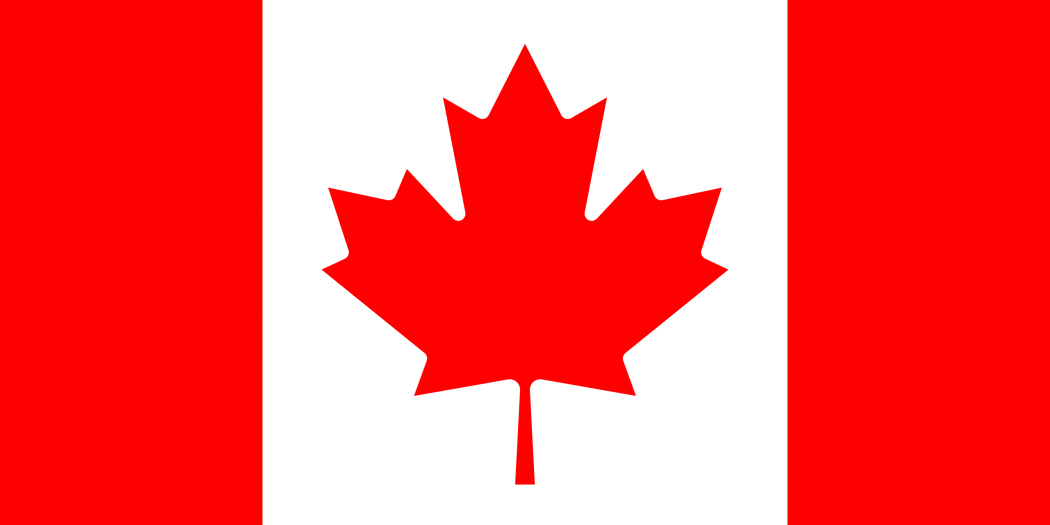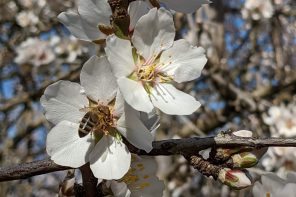Losses in Canada
By: Rod Scarlett, Canadian Honey Council
Overwintering losses and Spring dwindle in Canada reached historic levels this year. While the final tabulations have not been officially released as of writing this, it appears that about 50% of the honey bees in Canada perished. To put that into context there were 810,000 colonies in Canada going into the Winter of 2021-22, so around 400,000 died. The implication on the pollination and honey production sectors are profound.
In Canada, beekeepers can bring in packaged bees from New Zealand, Australia and Chile to help replenish their stock and this Spring around 40,000 packages did arrive, which is about average in a normal year. However, this year it was only a drop in the bucket compared to the demand. Some commercial operators experienced 60-80% losses and there are very few opportunities to restock from either domestic or import supplies. Blueberry growers, particularly in Eastern Canada, were left scrambling to find enough bees to pollinate their fields which has led to lower than optimal colony numbers. In some circumstances, honey bees were replaced by bumble bees and leafcutter bees. The ramifications are yet to be determined.
We know that the blueberry industry is short of bees, an estimate ranges from 30-80,000 colonies, and this number is expected to grow as blueberry fields mature and new fields are put into production. Unfortunately, there is little or no capacity for maintaining that number of colonies in the regions where blueberries are grown, so operations are going to have to either be expanded or established in suitable areas in Quebec and Ontario.
Nearly two thirds of the bees in Canada are on the prairies, but distance and geography are factors that make pollinating on the east coast difficult for economic success. This is especially true given the very strong price of honey.
Agriculture and Agri-Food Canada formed a Working Group on Honey Bee Sustainability to help address the situation. The Canadian Association of Professional Apiculturalists formed a working group to look at the sustainability issue and the Canadian Honey Council focused on getting CFIA’s scientific explanations on why certain issues in a risk assessment have been flagged. The solution to the stock shortage will be a mix of long term and short term options. Certainly, a number of beekeepers are pushing to have the U.S. border open for package exports. Increased access and production of packages from Australia, New Zealand and Chile can be easily achieved but transportation issues always present a concern. It appears that packaged bees from Italy and Ukraine could be available next Spring, and this would help. Increased domestic nuc and queen production should also be a focus and should be promoted going forward.
Needless to say, the industry is facing an uncertain future and there are many paths it could take going forward. No one path represents the perfect solution. And while we concentrate on stock issues, varroa control, viruses, pathogens and pesticides; climate change may ultimately prove to be the “real” issue.









